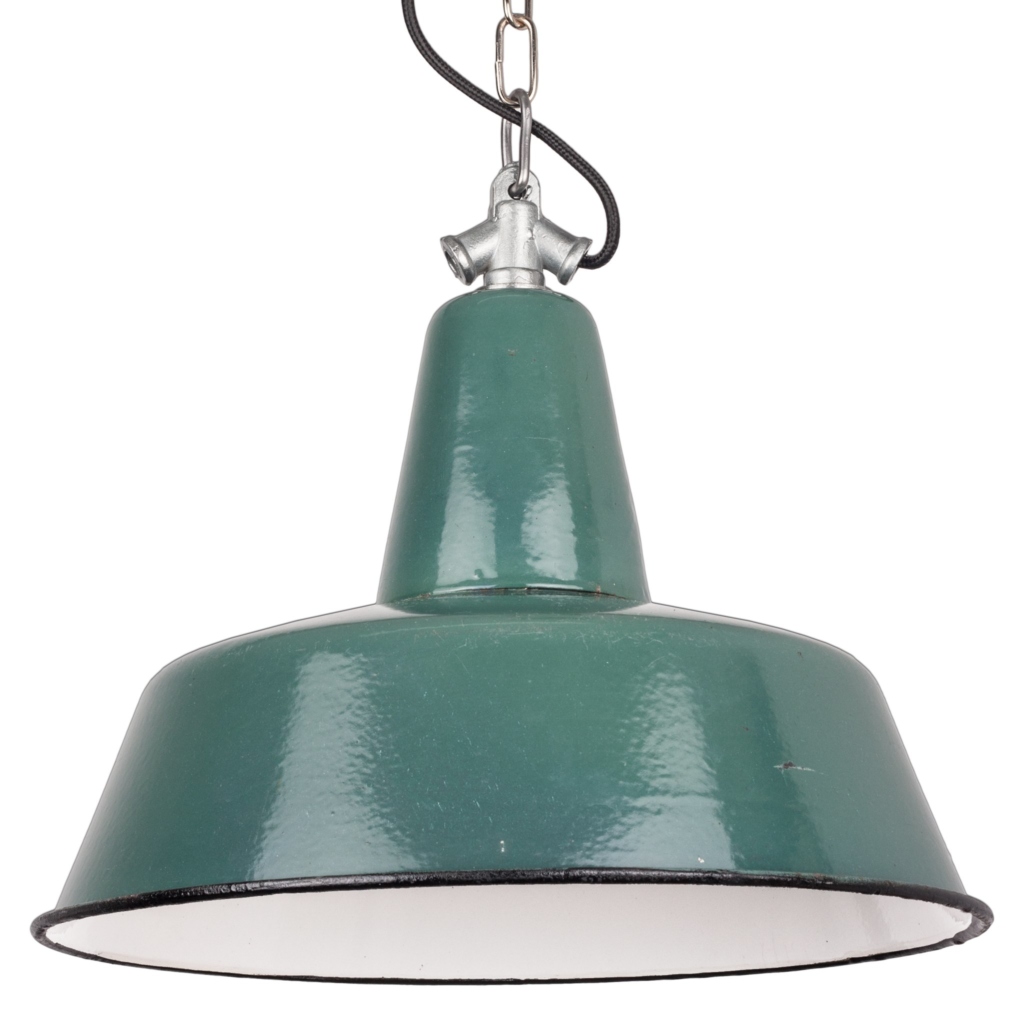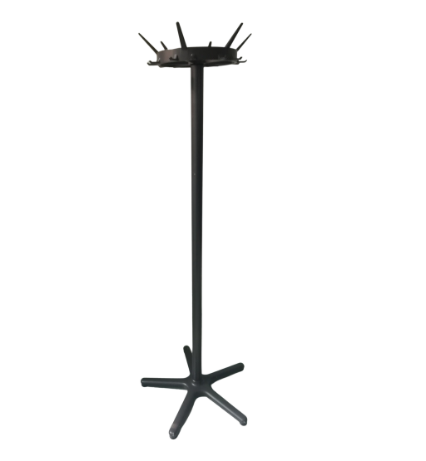I'm not sure how I feel about this, but I do like the Coolbear, the Scion XB like ride.
http://money.cnn.com/galleries/2008/fortune/0810/gallery.china_cars.fortune/index.html
"le résultat est catastrophique"
sorry it's in french, but you'll get the point. scary that I saw this thing on the streets of my town recently...
makes me very angry to imagine that people might drive their kids around in this!
http://www.youtube.com/watch?v=DZWy_fASSiQ&feature=related
Everybody knows that
Toyota, Nissan (Datsun), Acura and the other Japanese companies started their success by buying Mercedes, BMW, Volvo, Saab, and other higher quality European sedans and taking them apart and use them as a blueprint for own clone designs.
....in the same way that Microsoft took Word Perfect apart to figure out how to create Word for DOS....Microsoft did the same thang with Lotus 1-2-3 to make their Excel!
In my opinion, what makes the Chinese Repro market
so amazingly stupid is they only seem to reproduce something that's current available elsewhere.
Hell, if I ran a Chinese clock repro business, I would make a handful of Nelson clocks that are Vitra does NOT have in production!
Or maybe the Noguchi rudder dining table and coffee table. Or maybe the Checker/Chess table.
I do not know...
if it is just irony or tragic but if one considers the history of Chinese technological development, it is sad to see these crash tests. Chinese iron workers in the 6th century knew how to get more or less carbon in the steel to make it less brittle. They used the equivalent of the Bessemer process almost two thousand years before William Kelly. They invented not only the magnetic compass, but made chains seven or eight centuries before the Europeans. The list is long and diversified, from the wheel barrow to the segmental arch bridge, from the spinningwheel to calipers. With reason Qian Long the Chinese emperor in the late 18th century could say to the visiting (1792) English Lord Macartney: "We already have all things...I have no use for your country's manufacturers"...a statement that anticipated the growing trade inbalance that would encourage England to introduce opium to China in order to have something to sell them. Once the leading force in technological development and science they now have a hard time to build a decent car.
Current Chinese industrial progress seems completely typical...
Economies emerging under the hegemony and with the financing of the Western central banking centric order (CBCO) each tend to follow similar trajectories. They start out by making the cheapest crap they can because: a) that is what they are financed and equitized to do by the central bank owners and their western investment banks; and b) because once so capitalized, it makes the most sense in terms of economies of scale to market the same crap to themselves (what they can afford at the start) and to the West (it always needs cheaper crap, because its own producers always migrate to higher margin, higher ticket items).
Why does it have to start this way?
Because, the Western CBCO is an elaborate legacy financial system and bringing large players in immediately to produce equal or superior goods to what the existing system already produces (if doing so were even feasible and that is debateable) would in any case create competition that would destroy great numbers of existing players in the existing CBCO system and so destabilize the system rather than enhance its stability and hegemony, while expanding its influence.
pt.2
Of course, in time, the quality of goods produced in these news nodes of production are intended to, and do, improve incrementally (entities just do tend to constantly look for efficiencies beneficial to themselves) and these incremental improvements tend to keep steadily increasing competitive pressure on the existing and prior generations of dominant producers in the system. This rising competitiveness tends to keep those legacy players not only motivated to move toward selfish efficiencies, but also to be compliant with the CBCO system and thereby enhance the integrity of the system (not the moral, or quality integrity of the system but the strategic integrity of the system, i.e., its ongoing viability).
The rate at which the quality incrementally improves depends largely on two factors: a) what the cultural/technical value for pursuit of excellence was in the legacy culture of the emergent producer node; and b) whether there is a competing state with its own CBCO bidding for the loyalty of the emergent node.
Europe, in ruins after WWII, had both a strong recent cultural/technical value and the Federal Reserve's USA had a competitor--the USSR--so European oligarchy and their states both had the legacy ability to progress rapidly and the USA needed to and wanted to propel Europe as fast as possible toward a high enough standard of living to prevent it gravitating into the USSR alliance. This was accomplished by massively subsidizing Europe's growth both with gift money and cheap debt money initially and then by giving the European states willing to gravitate towards a European Union the long term trade advantage of protecting their own producer markets as soon as they could be reestablished with all manner of protective tariffs and trade agreements.
In plain English, USA produced what Europe needed in each sector until Europe was able to produce for itself, then European producer markets were given tariff protection to guarranty their survival and favorable export conditions to export their goods to USA. This process was encouraged while at the same time the USA separated European states from their colonial resource bases and their colonial labor markets.
pt.3
By these preceding steps, the CBCO and its primary client state, the USA, are then used as the economic engine that pulls the world along in an order that maintains primacy of the Federal Reserve and some times more and sometimes less benefit for its primary client state--USA.
But at the same time, the present example, Europe could not be allowed to supernova economically and eclipse the CBCO itself,and USA, at least until both could be converged, so Europe was arbitrarily required to operate on exhorbitantly high energy resources that were fundamentally kept under the control of the CBCO. European leaders had no choice but to accept the high energy costs, but they could make choices by using government policies channel economic reconstruction into venues and firms they could control. For instance, one way to inhibit the USA's private sector from taking over much of European economic was to shift as many kinds of vulnerable economic activities as possible into the public sector to be operated by the European states. The European states try to trigger as much independence from USA predation on medicine, pharmaceuticals and transportation by complete, or partial socialization of these activities, and by protective regulations nurturing to local private sector players. They encouraged mass transit, encouraged fuel efficient vehicles, and encouraged nuclear and hydro power in pursuit of independence from USA auto and rail corporations, and they heavily subsidized and protected local corporations to to produce cars,trains, etc. They sought to develop energy sources and technologies that reduced whenever possible the stranglehold and the arbitrary dictates of the CBCO and its client corporations in its chief client states--USA and England.
Japan, with similar pre-WWII cultural values about technological excellence, proceeded much slower at first, because the central bank did not think it needed Japan to reindustrialize rapidly at first, but then a Chinese Communist revolution swept to power and built a quick allinace with USSR, thus creating a serious competitor for CBCO hegemony in the region. So: when the Korean conflict erupted, the CBCO rapidly capitalized the legacy keiretsu (the japanese owned equivalent of a holding company)that controlled then tiny Toyota and shipped Toyota the factories needed to make military vehicles expected to be needed for the Korean military campaign and to supply other client states in the region willing to participate in containment of Communist China. Simultaneously, CBCO money was infused into the keiretsu's investment banks and commercial banks to ramp up the Japanese civilian economy in order to buy the fealty of the Japanese power structure and society.
Surprise, surprise, an economic miracle unfolded in Japan just as a similar one was occurring in Europe.
pt.4
In states where there was not a crucial strategic interest of the CBCO served by seeing a robust economy emerge quickly, or at all, the emergence was most often slow or nonexistent.
China and India are today undergoing the same "economic miracle" under the auspices of the CBCO that Europe and Japan, and later South Korea, and Taiwan, and the other tigers of the Orient underwent.
China and India have ancient traditions of technological excellence, but both have seen their core cultural values degraded by colonialism/imperialism for 1-2 centuries prior to the current CBCO's decision to "bring them along." Combine that with the vastness of each state's economy, and China and India, may be expected to progress in some ways not quite as quickly even though they may grow faster sooner. They just both have farther to come in certain ways than Europe and Japan had to come. It is true that China and India have not been recently bombed out in a hot war, but China and India have mired in instituted poverty and colonial exploitation that probably sewed the seeds of social/cultural problems that are more intractable than the comparatively simple task of clearing rubble and building buildings after a war. Also, while enormous size eventually generates snow balling economies of scale that outstrip competitors, in the early going, that same enormous size can at times delay the arrival at critical mass for certain kinds of economic activities needed in the overall fabric of an advanced society.
Still, I don't think any CBCO economic planner in the world would say he is disappointed at how fast China"s and India's economies have begun their incremental ascent up the productivity scale. And I suspect they would also say that China and India are on time or slightly ahead of schedule in the quality of what the produce.
The fact is that in USA, practically every implement, tool, vehicle, appliance and what have you is already made in China. This means that China's economy has already reached the ability to produce EVERYTHING an advanced society needs to operate, and can now inevitably begin the incremental improvements in quality that will allow it to eclipse European, Japanese and USA manufacturers in every way, except perhaps in the very narrowest sense imaginable--the exquisitely crafted items.
pt.5
That this will inevitably happen is real to older Americans who can recall the crap that European economies and Japanese economies dumped on USA throughout the 1950s. Europe started exporting better stuff to stay a step ahead of the Japanese. The Japanese kept dumping junk throughout the 60s, but when the US manufacturing base hit its sunset age in the 70s, and Europe began to lick its chops at the prospect of selling their increasingly well engineered and made products on USA, the Japanese essentially leap frogged the Europeans in all things electrical and decided to take a slow and steady approach to things like cars and other machines. Europe, though making increasingly superior products, increasingly found itself having to export only the really good stuff they made. It was often not the best stuff the Europeans made, but it had to be better than the increasingly good stuff the Japanese made. But inexorably, the Japanese began to beat the Europeans at more and more industrial items marketable in the USA and the Japanese began to threaten European domestic markets. The Europeans retreated into protective tariffs and began importing cheap labor (Turks and muslims and Indians) in a tactical effort to prevent their producer markets from being obsoleted as the USA had allowed. The USA opted into the high tech and defense sectors and let the rest of its society decline to a service economy with a service economy earning power and cushioned the blow with credit cards and cheap money.
But of course the CBCO was busily creating the eclipse (their theorists call it creative destruction of economies at the point that they have proceeded through to the sunset of the bulk of its capital equipment and infrastructure) of Japan by building up first Korea and then China and India.
Korea's stuff was junk at first, and now it is almost as good as Japan's, which is either as good as Europes or better, or in some cases, not yet quite as good.
China will follow the same trajectory as surely as night follows the day. The only thing that may slow it down is if the CBCO begins to perceive no serious competitor worth using China and India as bulwarks against.
pt.6
Always remember, the CBCO is an organization and like all organization it is prone to lethargy when unchallenged and sclerotic bureacracy over time.
As sure as we are sitting here today, there are elements with the CBCO already plotting and planning for the day when a player, or a group of players within the CBCO supercedes the rest of the CBCO. This will trigger another round of the new toppermost of the CBCO to repeat the process of organizing and reinstituting economic order to reassert a hegemony and stabilize the apparatus of the hegemony and reorder who controls and adminstrates and benefits most from the economic activity that occurs.
These CBCOers believe in control, divide and conquer, and creative destruction, as surely as religionists believe in their theologies and their hierarchical orders and death-and-rebirth rituals.
China's doing fine, they would say, just be patient and they'll outstrip what everybody is making today in terms of sophistication and quality, if only because the top producer today are going to wind up looking like USA looks today, and like England began to look in the 1950s before USA, and as the Dutch began to look before England became a hegemonist, and so on back through Spain/France empires, the Hapsburg empire, and Florence, and Venice before that, and on and on and on.
Not saying I agree. Not saying I think this is the way the world ought to be run. Just saying this is how it has gone for quite a few centuries now.
Building new, maintaining extant, and managing the eclipse of hegemonies, seems to be one of the most quintessential activites of oligarchies since history began being recorded.
Its what they do.
If you need any help, please contact us at – info@designaddict.com









